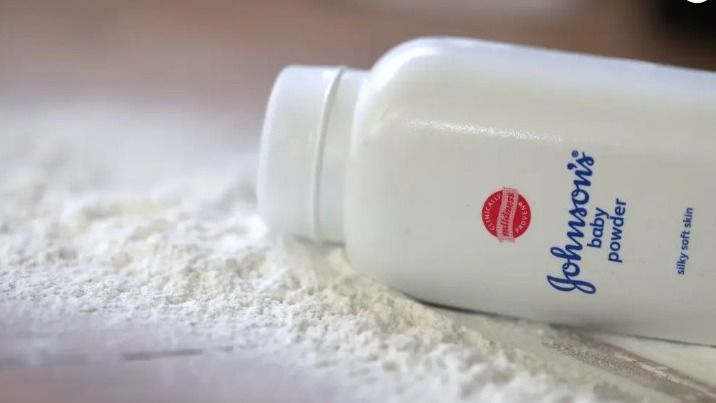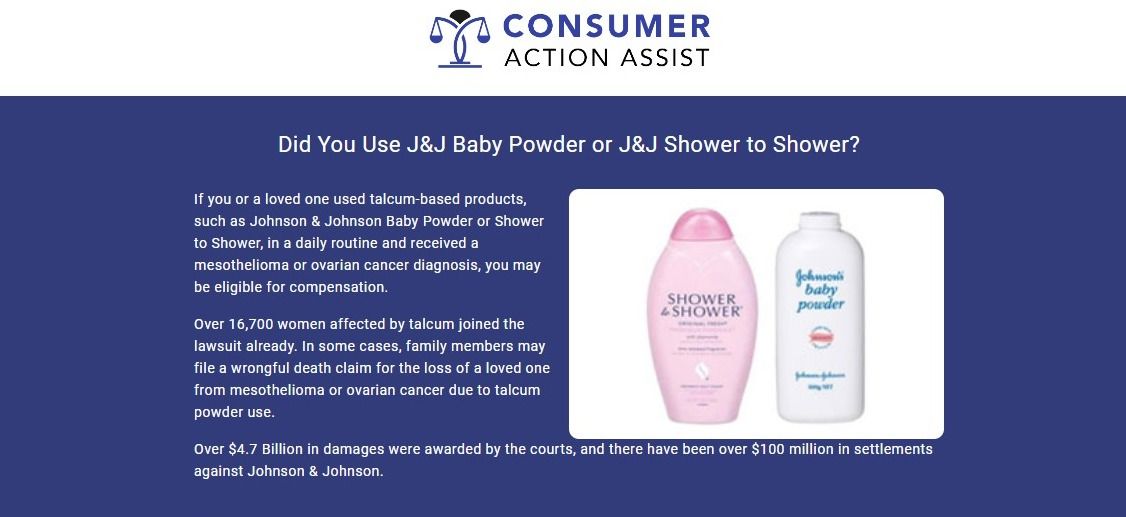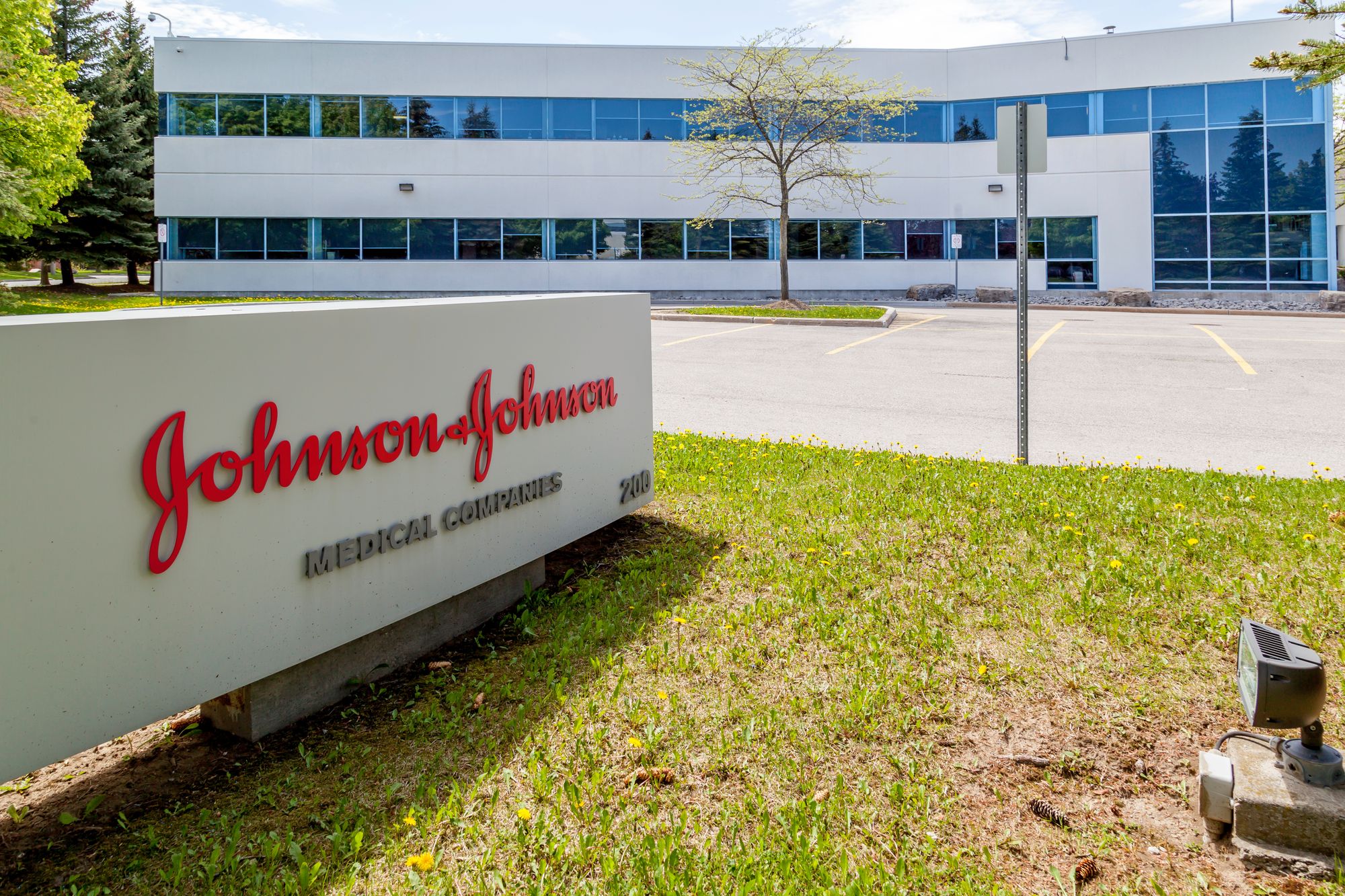Johnson & Johnson's Landmark Talc Settlement for more than 38,000 victims

This action is part of a more extensive $8.9 billion effort
by the multinational corporation to settle claims suggesting that its talc-based Baby Powder and other products have caused cancer in consumers.
In recent events, Johnson & Johnson (J&J) has earmarked $400 million to resolve US state consumer protection actions. This action is part of a more extensive $8.9 billion effort by the multinational corporation to settle claims suggesting that its talc-based Baby Powder and other products have caused cancer in consumers. J&J's subsidiary, LTL Management, filed a detailed bankruptcy plan late on Monday, outlining the proposed settlement structure for various cancer victims.
Despite facing more than 38,000 lawsuits, J&J continues to affirm that its talc products are safe and non-carcinogenic. After its first bankruptcy attempt failed, the company is now making a second attempt to resolve these lawsuits and prevent any new cases from emerging in the future.

According to the new bankruptcy plan, LTL would establish a separate trust with the proposed $400 million, aimed at settling claims filed by state attorneys general. These claims accuse J&J of violating state unfair business practices and consumer protection laws by not adequately informing consumers about potential risks associated with its talc products. This development comes after several states initiated consumer protection actions against J&J in 2021.

New Mexico and Mississippi states were among the first to take legal action against J&J. Other states, including Arizona, Maryland, North Carolina, Texas, and Washington, followed suit, issuing civil investigative demands or subpoenas according to court documents filed by LTL.

Critics of LTL's bankruptcy include the states of New Mexico and Mississippi, cancer victims, and the US Justice Department's bankruptcy watchdog. They argue that a profitable company like J&J should not exploit bankruptcy protections intended for struggling debtors. LTL's initial attempt at resolving lawsuits through bankruptcy was dismissed due to similar objections. A US appeals court deemed LTL as not being in "financial distress," thereby making it ineligible for bankruptcy protection.
However, within two hours of this dismissal, LTL filed for bankruptcy again, defending its second attempt by stating that it had less available capital and more support for a settlement. Critics argue that this renewed bankruptcy violates state law enforcement powers by unilaterally capping the company's liability for state consumer protection actions.

The new filings by LTL offer a glimpse into the proposed plan for evaluating and compensating cancer claims if the bankruptcy plan receives approval. The settlement proposed the highest payments for people diagnosed with terminal mesothelioma or terminal ovarian cancer before age 45, amounting to $500,000 and $260,000, respectively.
Furthermore, the settlement introduces discounts based on various factors, including the type and severity of cancer, the individual's age, history of talc use, and other factors. For instance, a woman diagnosed with stage II ovarian cancer at age 55, with a family history of ovarian cancer and a record of weekly talc product usage, could expect a payout of approximately $21,125 under the proposed plan.

What does this mean for the victims? Under the plan, the highest payments, a heartening $500,000,
Would go to individuals diagnosed with terminal mesothelioma before age 45. Those diagnosed with terminal ovarian cancer before age 45 could see compensation of $260,000.
While no amount of money can make up for the suffering endured by victims, this settlement represents a critical stride toward justice. It acknowledges the pain of the victims and sends a powerful message to corporations about the importance of consumer safety.
This journey toward justice is far from over, but let us find hope in the progress that's being made because every step toward accountability is a victory in the fight for consumer protection and corporate responsibility.


